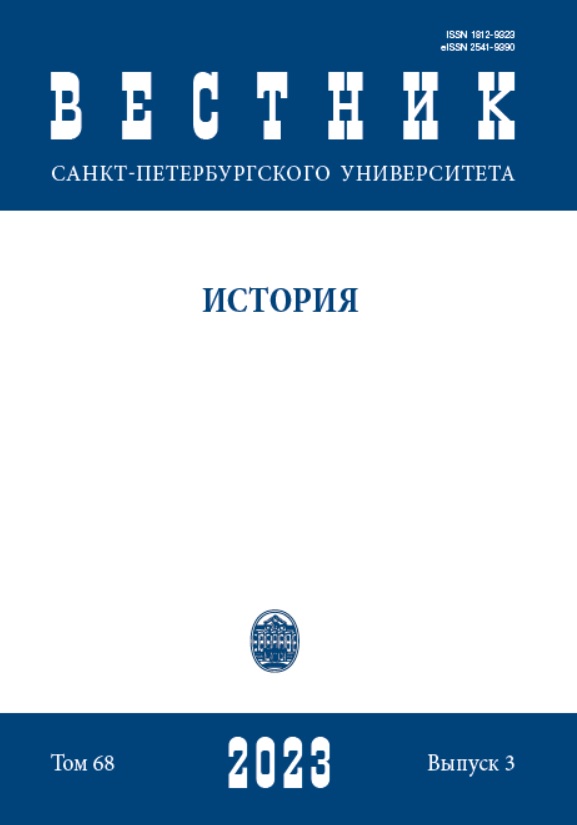Debate on the True Nobility and Social Classifications of the Nobility in the Early Modern Antiquarian Corpora
DOI:
https://doi.org/10.21638/spbu02.2023.310Abstract
The present article examines the impact of the 15th-century Renaissance debate on the true nobility on social beliefs of the English antiquarians of the 16th and 17th centuries. It is based on textual corpora of J. Ferne, T. Milles, J. Selden, M. Carter, and other well-known early modern intellectuals. The author of the article believes that a persistent tendency towards a coherent description and classification of nobility and more broadly — of any social group within the early modern British society — is inseparably connected with the antiquarian tradition of the 16th and 17th centuries. It was within this tradition that so called epistemological turn emerged that led to discursive fragmentation of the entire social order as well as social groups which formed its entirety and complexity. The antiquarian framing of all complexities of social order was based not only on the rejection of an idea of institutional entity — crucial for the medieval corporate theory. In contrast to corporate-functional homogeneity and consistency, it introduced particular group-wide characteristics. These features opened up opportunities for remodeling of the ancient regime with consideration of diversity inherent in social indicia. Nobilitas in the antiquarian texts acquired at least two interconnected meanings. The term was used as a reference to an assemblage of an entire nobility and in this way was very close to a group-wide identity. At the same time, it denoted a total gentility and, in this context, reflected the very complex of Aristotelian and Stoic understanding of the true nobility.
Keywords:
the 16th–17th centuries England, antiquarian discourse, true nobility, nobility, corporation, social groups
Downloads
References
Downloads
Published
How to Cite
Issue
Section
License
Articles of "Vestnik of Saint Petersburg University. History" are open access distributed under the terms of the License Agreement with Saint Petersburg State University, which permits to the authors unrestricted distribution and self-archiving free of charge.





